How to Overseed a Lawn

Lawn care is an essential part of exterior home maintenance, and a healthy, vibrant lawn adds beauty and value to any home. Regardless of how much time you spend in your yard, your grass can begin to look thin, brown, and patchy as it ages. In this weakened state, weeds can start to take over. Overseeding is the best way to restore your lawn’s appearance and vitality. It also can promote year-round growth for warm-season grass, which goes dormant in the winter.
Overseeding is a technique that entails spreading seeds over the top of an existing lawn. You can learn how to oversee a lawn in this article from the landscape experts at The Grounds Guys®. Learning how to oversee a lawn takes a good deal of preparation, knowledge, and correct timing but we outline the process below.
Table of Contents:
Benefits of Overseeding
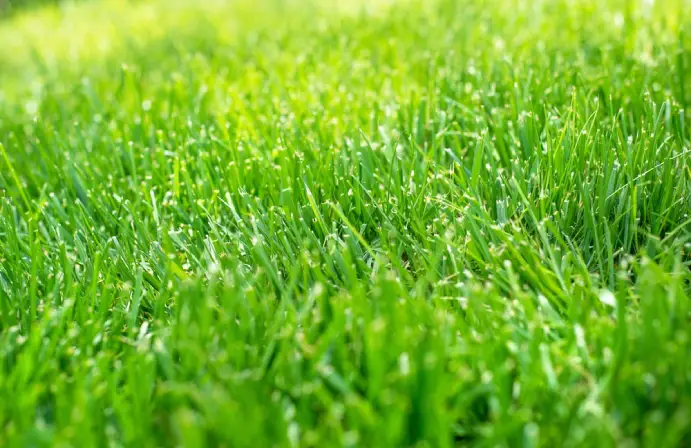
The primary benefit of overseeding is that it can bring your lawn back to health. Overseeding a lawn will stimulate new growth so that it is greener, thicker, and more lush. It can also provide a greater defense against insects and disease, reducing the need for pesticides. Of course, overseeding needs to be done correctly for optimal results.
When to Overseed
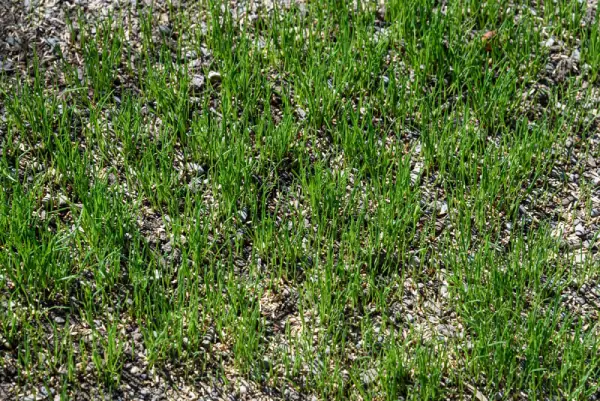
In northern climates overseeding should be performed 45 days before the first frost arrives. Overseeding during this time will help with obtaining winter color. Here in Canada, the best time to overseed lawns is in late summer to early fall.
How to Prepare the Lawn for Overseeding
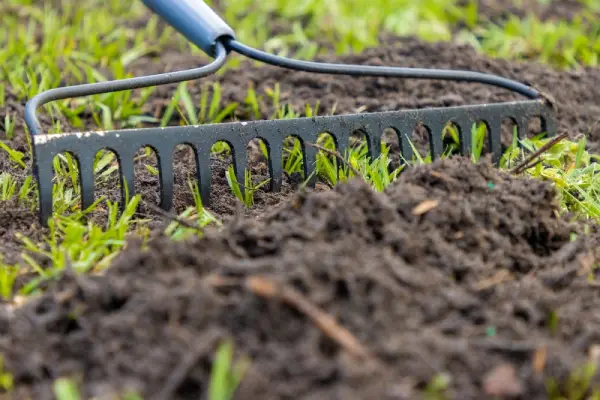
A few steps should be taken prior to overseeding. The lawn may already be thinning, but you’ll want to cut it even shorter than usual. Rake the lawn after you’re done mowing. This will cause the top layer of soil to loosen. It will also help you remove any leftover dead grass and other debris. Mowing the grass lower than usual makes it easier for the grass seed to get into the soil. Add a thin layer of enriched soil to the existing grass. Rake it in gently for a healthy environment for the new seeds.
Choosing the Right Seed for Overseeding
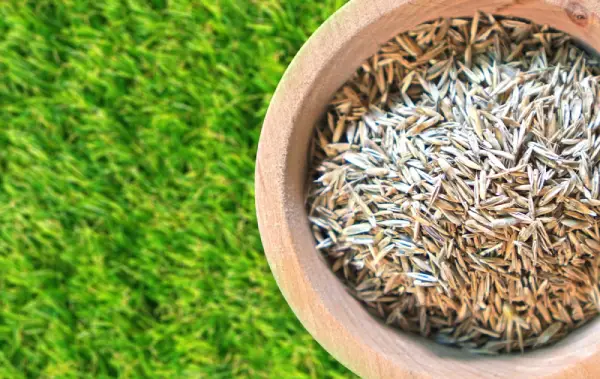
You’ll need to know what type of grass you have before you choose the seeds for overseeding. If you’re unsure of your grass type or which grasses are the best for your area, consult our pros. Our friendly lawn care experts will help you choose the right seed for overseeding.
How to Spread the Seed
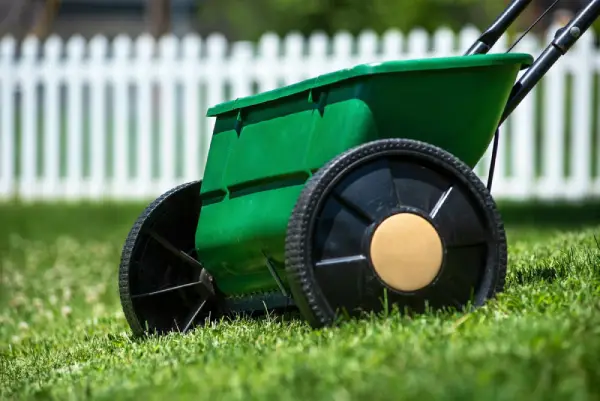
The methods used to spread the seed typically vary according to yard size. A drop or broadcast spreader suits the job if you have a large lawn. Fill the seed spreader adjust the settings according to the directions on the label, and apply over the entire area, refilling as needed.
You can use a handheld spreader if you only need to spread seeds in smaller areas. You can easily spread the seed by hand if you need to cover a few small spots. Combining core aeration with overseeding is also beneficial because it will ensure the seeds get down into the soil.
Note: Spread seeds when the winds are calm so that the seeds are distributed evenly.
Watering the Lawn After Overseeding
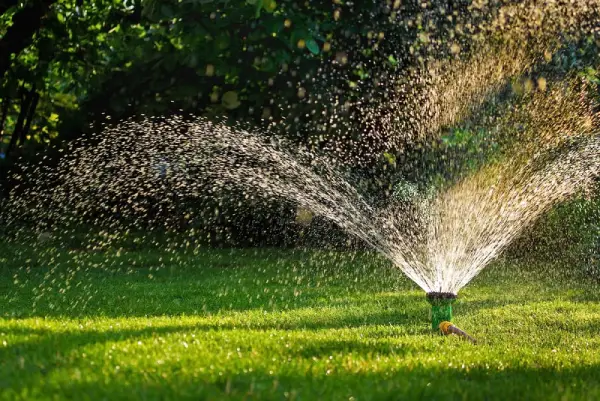
Watering is essential after overseeding a lawn, as it helps the seeds germinate. It’s important to ensure the seeds and soil remain consistently moist. You should water once or twice a day until the new grass has reached the height of the old grass. Typically, this takes about four weeks. After that, water your lawn as needed to prevent wilting to establish a deep, healthy root system.
Caring for the Lawn After Overseeding
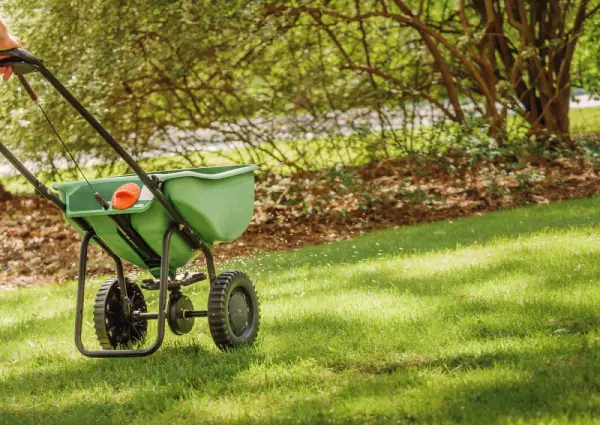
In addition to giving your lawn plenty of water following overseeding, you need to make sure it receives the nutrients necessary to thrive. Choose and apply a fertilizer with concentrations that are suitable for new grass and contain phosphorus to support root growth and nitrogen for enhanced top growth and greening. Contact us for more information on which lawn fertilizer to use.
When to Mow After Overseeding
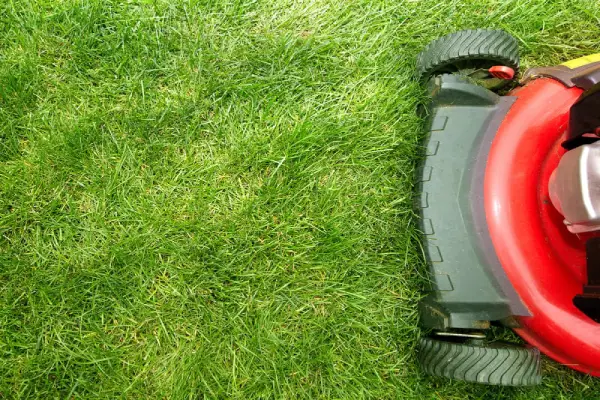
It’s essential to let the new seeds settle, so after overseeding, rest your lawn. Refrain from mowing the grass until the lawn has filled in and the blades are at least 2.5 cm high. This usually translates to waiting about seven to 10 days before you pull out the lawn mower. When you do, set it to cut at the longest height.
How Often to Overseed
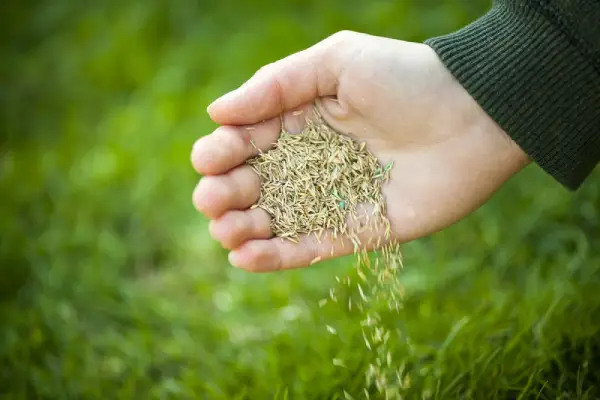
There’s no denying that overseeding will thicken lawns, but don’t overdo it. Annual overseeding is an excellent way to keep your lawn looking more attractive and less prone to diseases and insects.
Get a Lush Green Lawn by Overseeding Today!
The benefits of overseeding a lawn definitely make the effort worthwhile. However, to do it correctly requires preparation, knowledge, and correct timing. For questions about how to overseed a lawn for the best results, find your local The Grounds Guys and contact us! We’ll be happy to provide assistance with overseeding. We'll discuss your needs, answer questions, and provide you with a free estimate.
 Click to call
Click to call


